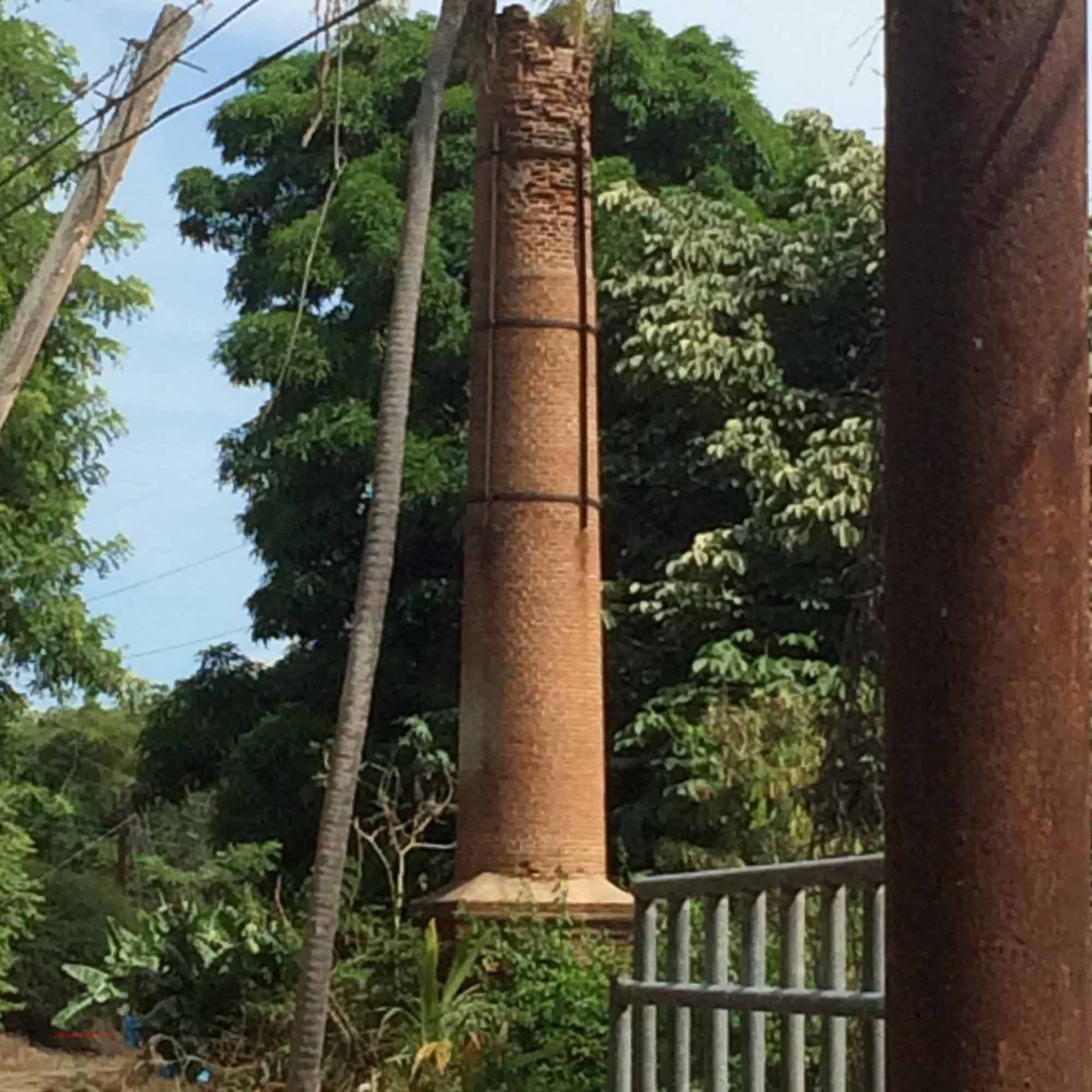
Hacienda San Colombano
According to the 1983 essay Guayanilla: Notas Para su Historia by Otto Sievens irizarry, Hacienda San Colombano in Barrio Playa of Guayanilla was established by my 3rd Great-Grandfather Antonio Francisco Negroni-Mattei (1794-1861) who arrived in Puerto Rico from San Colombano, Corsica on June 1, 1822. In December 1862 it was acquired at public auction by Guillermo Fermín Tirado and José Labarthe under the business name Tirado & Labarthe. Towards the end of the 19th Century it was under the administration of the firm Antonsanti & Franceschi who in the Ponce Fair of 1882 won a gold medal for its molasses and an honorific mention for the quality of its muscovado sugar.
Antonio Francisco devoted his life to agriculture, founding two ingenios during his lifetime. His first ingenio named Hacienda Florida was established in 1840 and Hacienda San Colombano in the 1850's. He also owned Hacienda La Fortuna, a coffee plantation in Maricao which was inherited by his daughter Maria Luisa Negroni Rodriguez de la Seda (1837-1868) who married Spanish immigrant from San Feliu de Guixols, Girona, Catalonia, Spain Francisco Lluch Pruneda. After Maria Luisa's death, Hacienda La Fortuna passed by inheritance to the Lluch family.
The cholera epidemic of 1856 killed most of his slaves and had a substantial negative effect on Antonio Francisco's financial condition. The court case Franceschi vs. Trujillo & Mercado decided by the Puerto Rico Supreme Court on June 28, 1918 referred to in the Central Rufina page, states that Hacienda San Colombano was part of the bankruptcy estate of the mercantile firm Antonsanti & Franceschi and was eliminated from the bankrupt estate by foreclosure proceedings in 1885. The lands of hacienda San Colombano, together with those of Hacienda Faro and Hacienda Rufina were at different times acquired by the firm Trujillo & Mercado, who consolidated the three to form the basis of the agricultural lands of Central Rufina.
It is uncertain if the smoke stack pictured below is the only remain of this sugar factory, it is right on the edge of the town of Guayanilla in the general area where San Colombano was located. Some suggest the chimney was part of a cement block factory that existed in the area long time ago.
